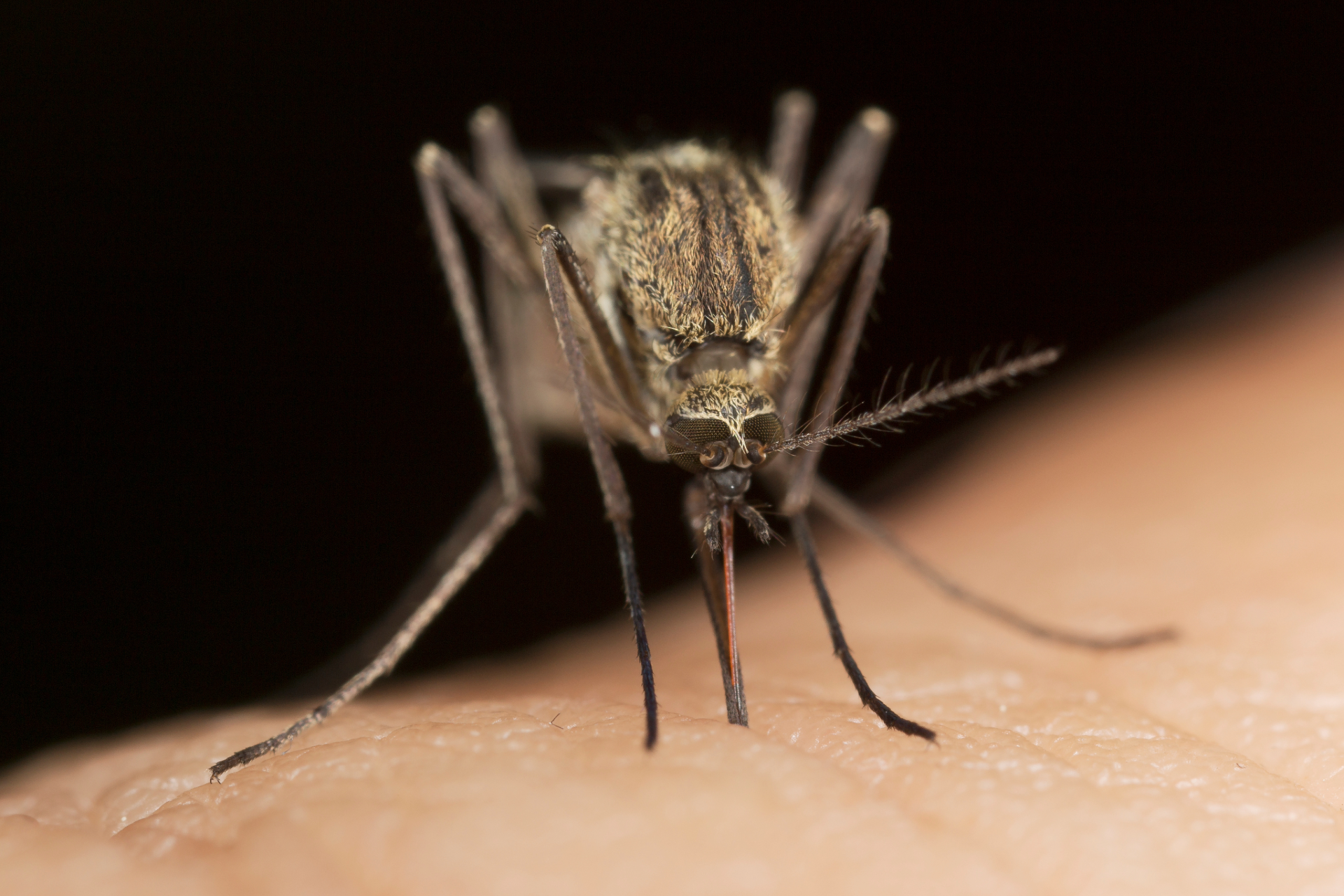May Parasitic Insects Thrive in Hot Conditions
Parasitic insects are a diverse group of organisms that rely on other living organisms for their survival. These insects feed on the blood, tissues, or bodily fluids of their hosts, causing harm and discomfort. They can be found in various environments, but they tend to thrive in hot conditions. The combination of high temperatures and humidity provides an ideal breeding ground for many parasitic insects, allowing them to reproduce rapidly and spread easily.
The Impact of Hot Conditions on Parasitic Insects
Hot conditions can have a significant impact on the behavior and life cycle of parasitic insects. For example, warmer temperatures can speed up the development of eggs and larvae, leading to faster population growth. In addition, hot weather can increase the activity and feeding behavior of parasitic insects, making them more aggressive and persistent in their search for hosts. This can result in higher rates of infestation and transmission of diseases.
Furthermore, hot conditions can also affect the survival and distribution of parasitic insects. Some species may be better adapted to thrive in hot environments, while others may struggle to survive in extreme temperatures. As a result, certain parasitic insects may become more prevalent in regions with warmer climates, posing a greater risk to human and animal health.
Common Parasitic Insects Found in Hot Environments
There are several types of parasitic insects that are commonly found in hot environments. One of the most well-known examples is the mosquito, which thrives in warm, humid conditions and is responsible for transmitting diseases such as malaria, dengue fever, and Zika virus. Ticks are another common parasitic insect that is often found in hot climates, feeding on the blood of mammals and spreading diseases such as Lyme disease and Rocky Mountain spotted fever.
Fleas, lice, and bed bugs are also parasitic insects that can thrive in hot conditions. These insects are known to infest homes, hotels, and other indoor environments, causing irritation and discomfort to their hosts. In addition, parasitic flies such as botflies and tsetse flies are prevalent in hot regions, posing a threat to livestock and wildlife.
Tips for Preventing Parasitic Insect Infestations in Hot Weather
To prevent parasitic insect infestations in hot weather, there are several measures that individuals can take. One important step is to eliminate standing water sources, as mosquitoes breed in stagnant water. This can include emptying containers, cleaning gutters, and maintaining swimming pools to prevent mosquito breeding.
Using insect repellents and wearing protective clothing can also help reduce the risk of parasitic insect bites. In addition, keeping indoor environments clean and clutter-free can help prevent infestations of fleas, lice, and bed bugs. Regularly inspecting pets and livestock for ticks and using appropriate preventive measures can also help reduce the risk of parasitic insect infestations.
Overall, understanding the impact of hot conditions on parasitic insects and taking proactive measures to prevent infestations can help protect human and animal health in hot environments. By following these tips and staying informed about common parasitic insects in their region, individuals can reduce the risk of infestations and minimize the spread of diseases transmitted by these insects.





